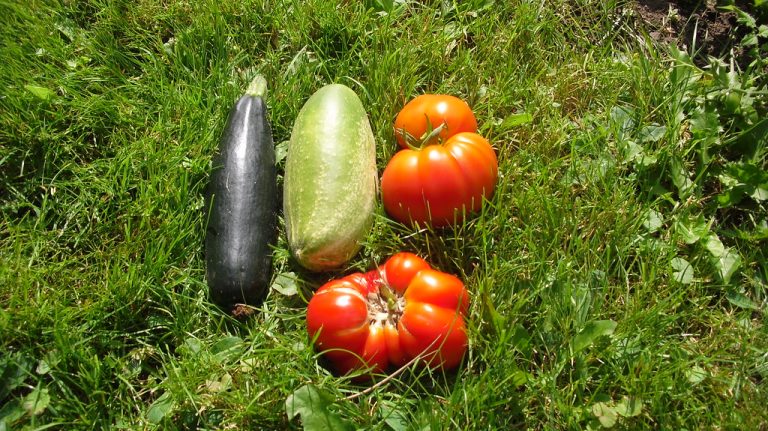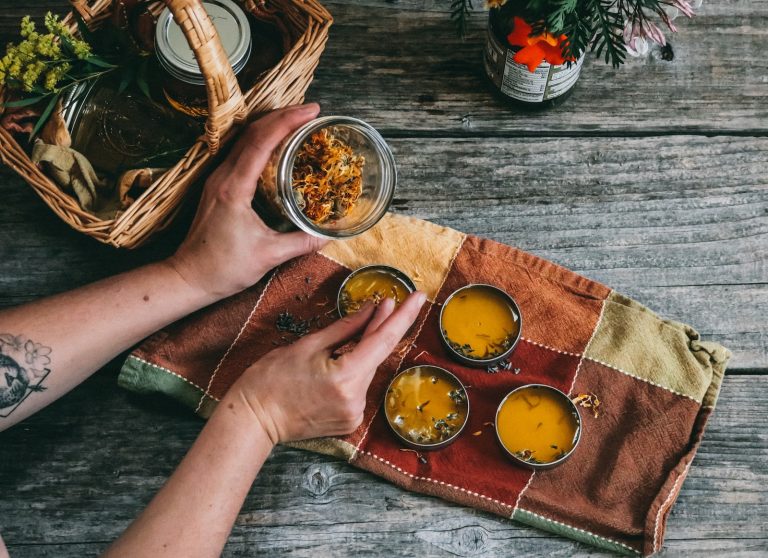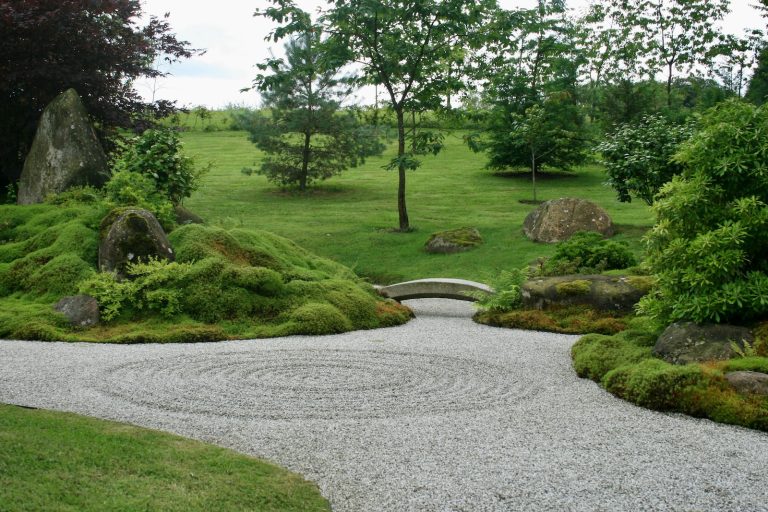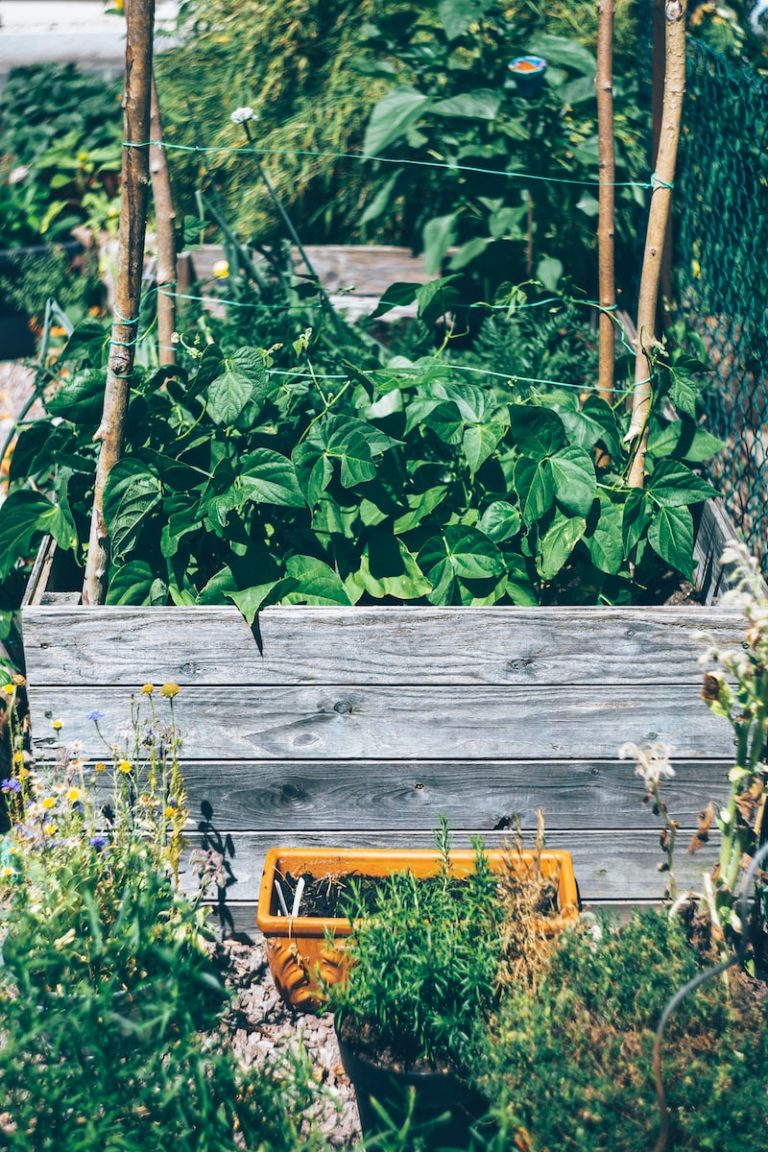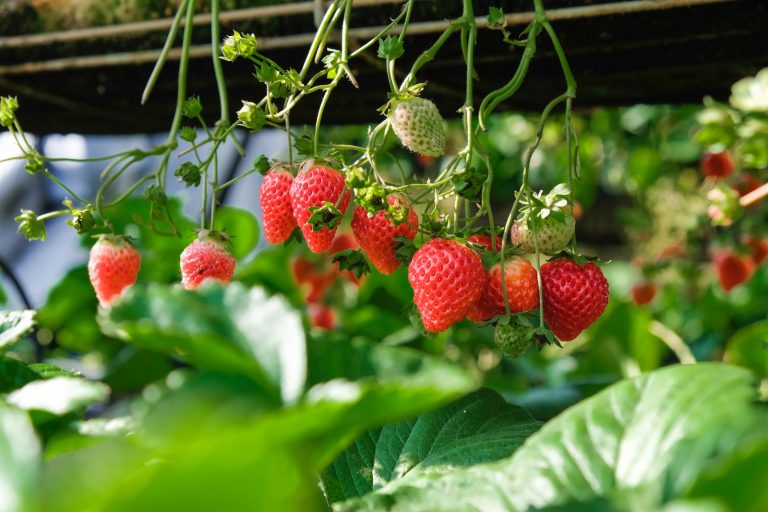The Importance of Mulching in Home Gardening
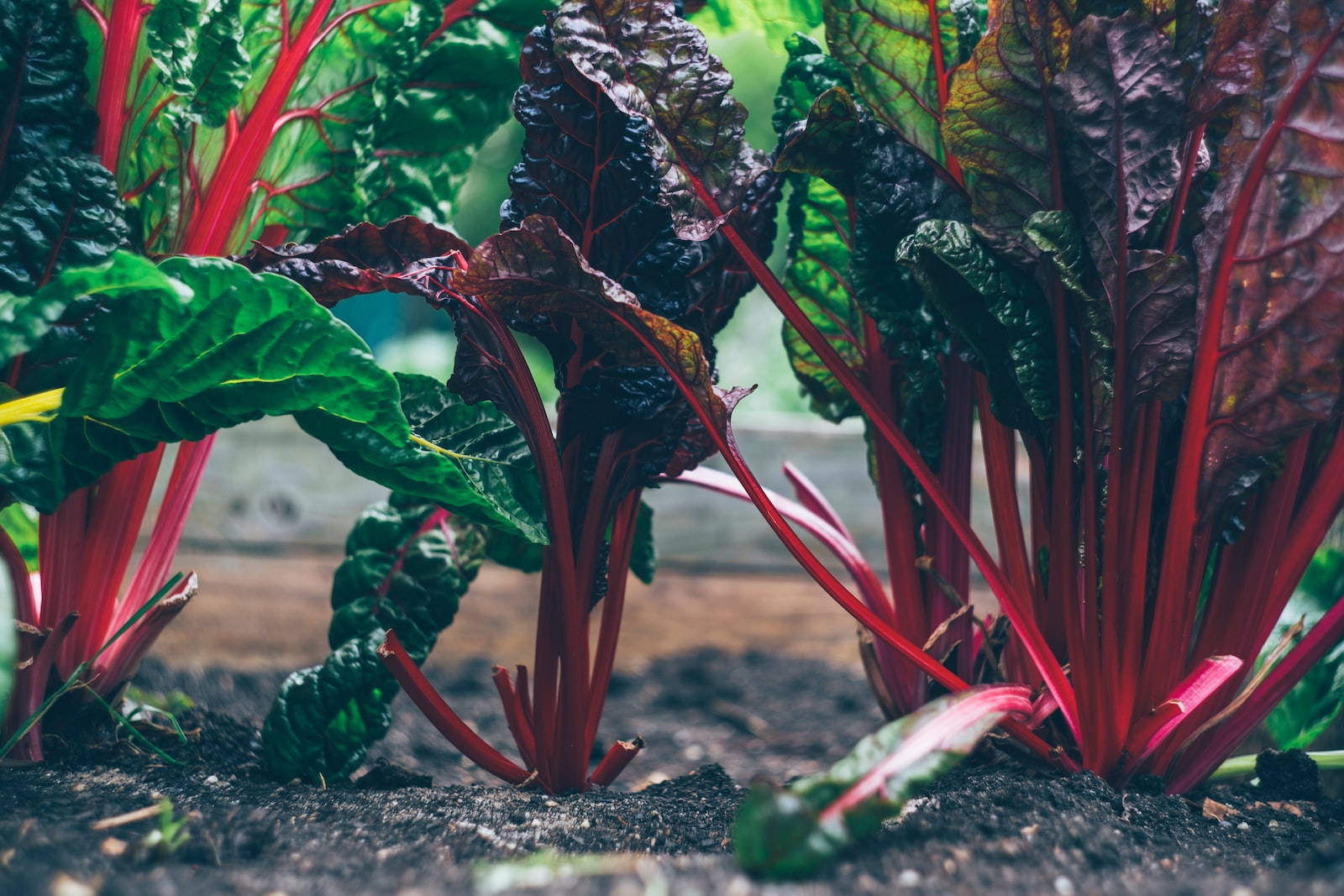
Are you tired of constantly watering and weeding your garden beds? Do you want to maximize the growth and health of your plants while minimizing maintenance time? If so, mulching may just be the solution you’ve been looking for! Mulch is a layer of organic material placed over soil that offers numerous benefits, from retaining moisture to suppressing weeds.
We’ll explore why mulching is an essential practice in home gardening, tips on how to choose the right type of mulch for your needs, and some easy techniques for applying it effectively. Let’s get started!
What is Mulching?
Mulching is the process of applying a layer of material to the surface of soil. This layer can be made up of compost, leaves, grass clippings, straw, or other organic matter. The purpose of mulching is to conserve moisture in the soil, suppress weeds, and improve the fertility and appearance of the garden.
Organic mulches will eventually decompose and add nutrients to the soil as they do so. In hot weather, mulches can also help to keep the roots of plants cool and moist. It is important to apply mulch around the base of plants early in the season before the weeds have a chance to take hold. A thick layer of mulch (4 inches or more) will need to be replenished more often than a thin layer (2 inches).
Benefits of Mulching
Mulching is one of the most important aspects of home gardening. It helps to regulate soil temperature, conserve moisture, prevent erosion, and improve plant growth. Mulching also reduces weeds, keeps fruits and vegetables clean, and makes gardens more attractive.
Mulching is beneficial to plants because it:
- Reduces water evaporation from the soil surface
- Decreases weed growth
- Keeps the roots cooler in summer and warmer in winter
- Reduces soil erosion
- Adds organic matter to the soil as it decomposes
- Makes gardens more attractive
Different Types of Mulch
Mulch is a layer of material placed on the surface of an area of soil. Its purpose is to protect the soil from erosion, help retain moisture, and keep the ground cool. There are different types of mulch available for different purposes. Some common types of mulch include:
- Bark Mulch: Bark mulch is made from the bark of trees and shrubs. It is a popular type of mulch for landscaping because it is attractive and long-lasting. Bark mulch can be used around trees, shrubs, and flower beds.
- Organic Mulches: Organic mulches are made from natural materials such as leaves, grass clippings, straw, wood chips, and bark. They are beneficial to the soil because they add organic matter as they decompose. Some organic mulches can also be used as fertilizer.
- Inorganic Mulches: Inorganic mulches are made from materials such as gravel, plastic, or metal. They do not add any nutrients to the soil but can be used to improve drainage or provide a weed barrier. Inorganic mulches can also be used in areas where organic matter would decompose too quickly, such as around driveway entrances or along walkways.
How to Apply Mulch in the Garden
Mulching is one of the simplest and most effective ways to improve your garden. A layer of mulch can help suppress weeds, conserve moisture, and provide essential nutrients to your plants. Here are some tips on how to apply mulch in your garden:
- Choose the right type of mulch for your needs. There are many different types of mulch available, including organic options like wood chips or straw, and inorganic options like gravel or landscape fabric.
- Apply a 2–3-inch layer of mulch around your plants, taking care to avoid contact with the plant stems.
- Water the area thoroughly after applying the mulch. This will help it settle into place and start working its magic!
Troubleshooting Tips When Using Mulch
If you find that your mulch is not working as well as it should, there are a few troubleshooting tips that you can try.
First, make sure that the mulch is applied evenly and at the correct depth. Too much or too little mulch can both cause problems.
Second, ensure that the mulch is fresh and of good quality. Old, decomposing mulch can actually do more harm than good.
Finally, check to see if there are any pests or diseases present that could be affecting the performance of the mulch. If you still have difficulty getting your mulch to work properly, consult a gardening expert for assistance.
Alternatives to Mulching
If you don’t have mulch or can’t find any, there are a few alternative materials you can use. Hay and straw are good substitutes for mulch, as they help to suppress weeds and retain moisture. You can also use newspaper, cardboard, or even old blankets or towels. Just make sure whatever you use is biodegradable so it won’t harm your plants.
You can also opt for rock borders or stone pathways as an attractive alternative to mulching. Rocks are low-maintenance and don’t need to be replaced like organic mulches do. Decorative stones, pebbles, or gravels work well for areas around ponds, paths, or garden edges.
Finally, you could also consider using living mulches like ground cover plants such as thyme, chamomile, clover, and others. They help to keep the soil moist and suppress weeds while also adding a splash of color and texture to your garden.
Conclusion
Mulching is an important practice in home gardening. Not only does it help conserve soil moisture and reduce weeds, but it also prevents soil erosion and can improve the fertility of your garden. With the right materials, you can use mulching to successfully protect your plants from extreme weather conditions without having to worry about any added maintenance or upkeep.
So make sure that you consider adding mulch to your gardens this season, and don’t forget to check out our great selection of eco-friendly products for all of your gardening needs!

Emma is a talented writer and enthusiastic gardener who shares her passion for plants and gardening on HomeGardenBlog.com. With years of experience in home gardening, Emma has become an expert in everything from planting and harvesting to pest control and soil management.

